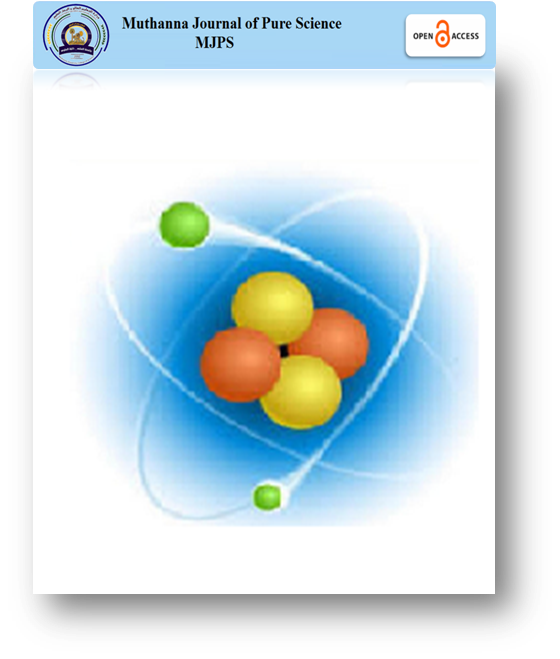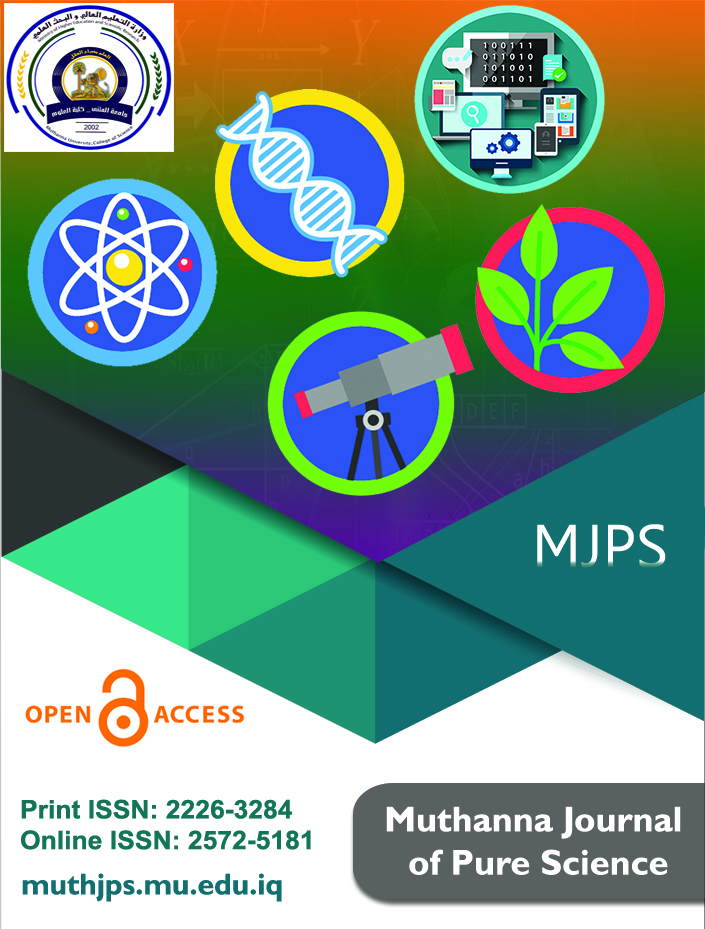Muthanna Journal of Pure Sciences
MJPS
Volume 3 issue 1, 2016

Abstract
Twenty mature indigenous breed rabbits were used, the animals were divided into four groups(A, B, C, D, and E) each group composed of four female and one male according to times of embryonic study which included ( 6, 8, 10, 12, 14) days postnatal. This study showing the histological changes during the development of liver in early embryonic life by using the H&E Stain. The results at six day of gestation differentiation of some structures as a clusters of stem cells in deferent location of rabbit embryo. The cluster of stem cells will development into deferent organs in the next stage of development of rabbit embryo. The result at eight day of gestation appear the liver as spherical structure near the heart development region in addition to the appear of the other organs beside the fetal liver. At ten day of gestation the embryonic liver become more prominent and differentiation inside the embryo. The twelve day of embryonic life the proliferation of hepatoblast and showing in deferent figure of mitotic division. The result appear the primordial hepatoblast arranged as short hepatic cords and located some of small lipid droplets in cytoplasm of hepatoblast. At fourteen day of gestation the hepatocytes arranged as long hepatic cords, the lipid droplets disappear from the cytoplasm in addition to located high number of hematopoietic cells have nucleus in blood stream, so the density of outer region of foetal liver more than the central region.

